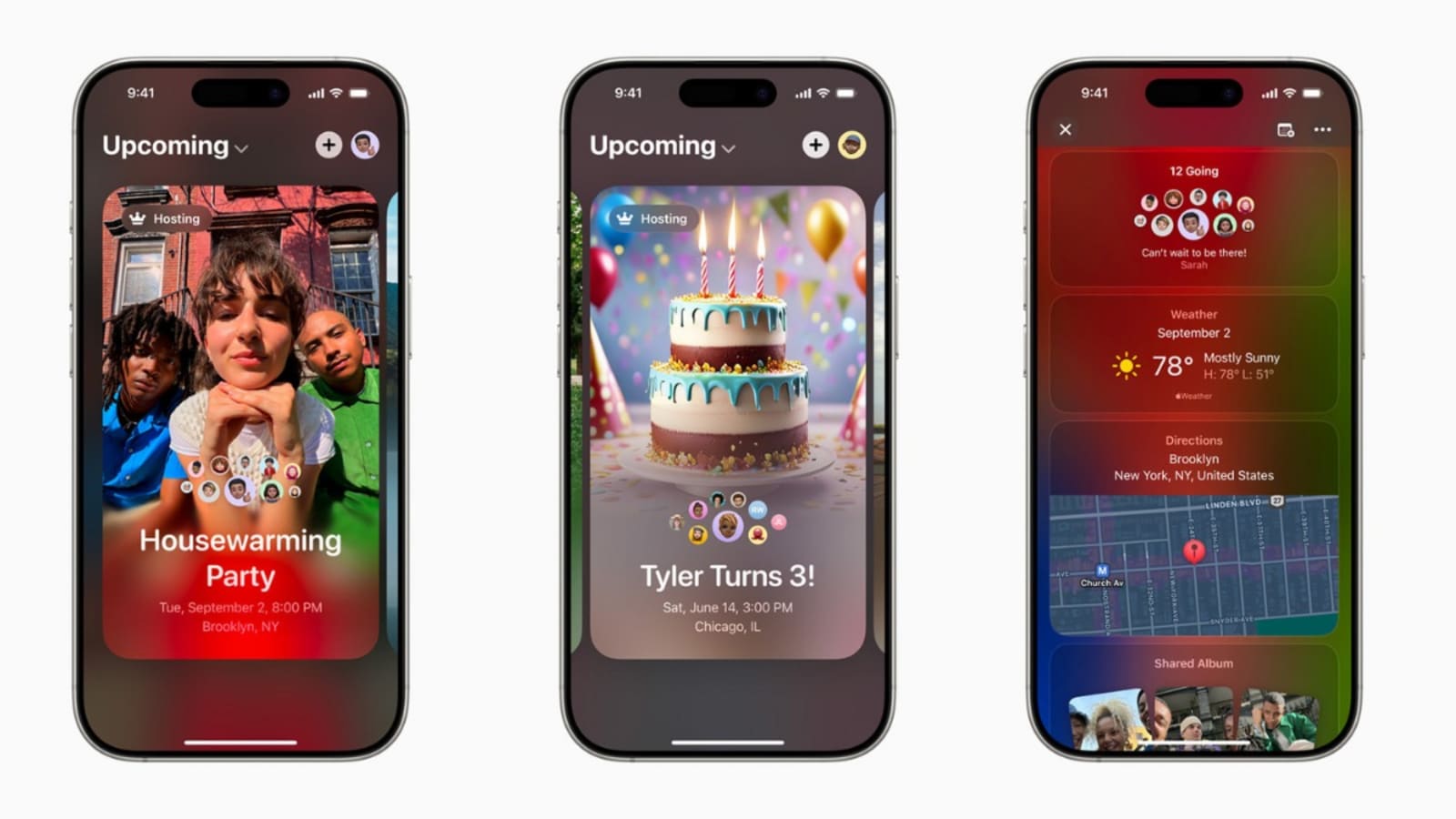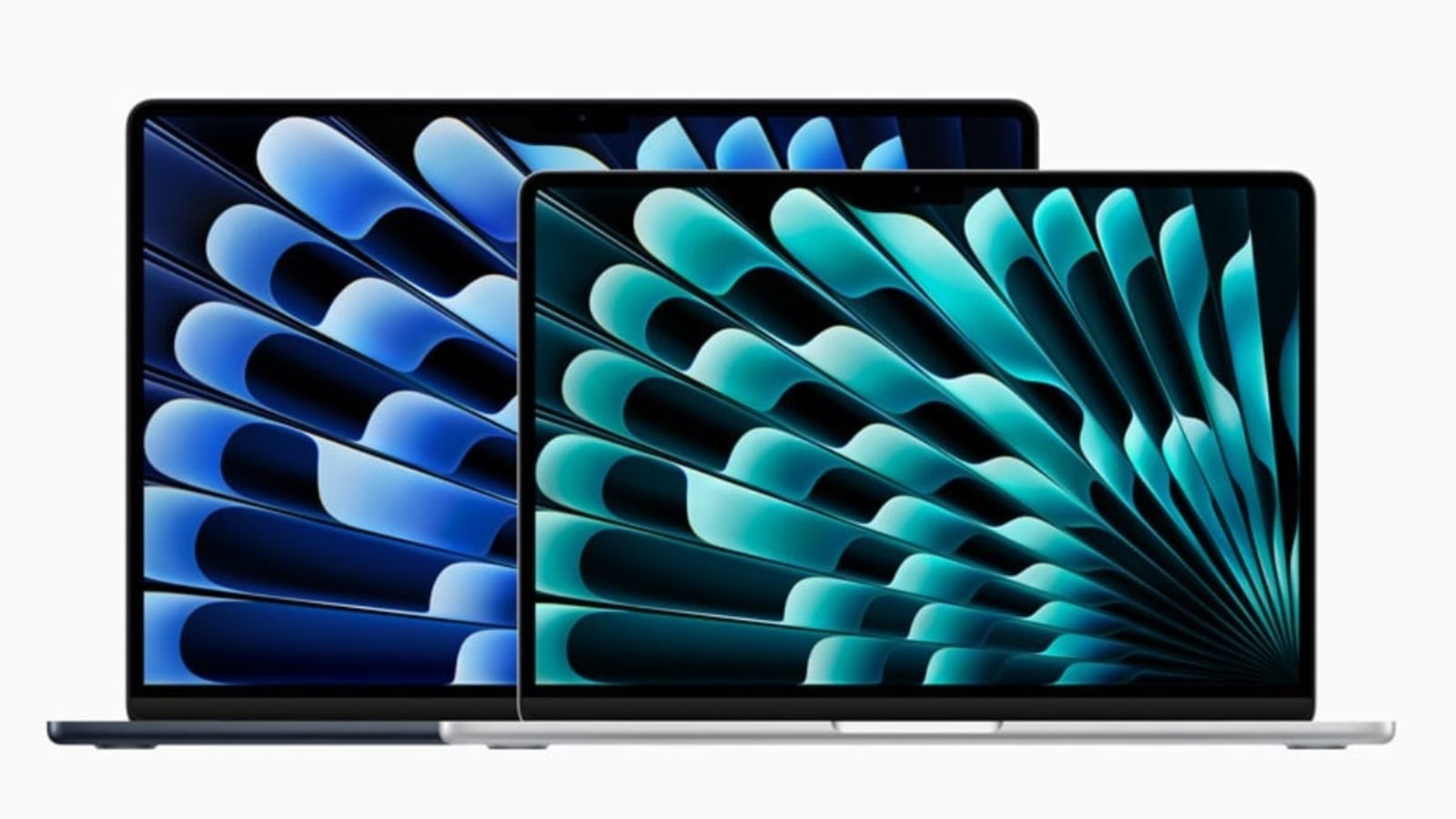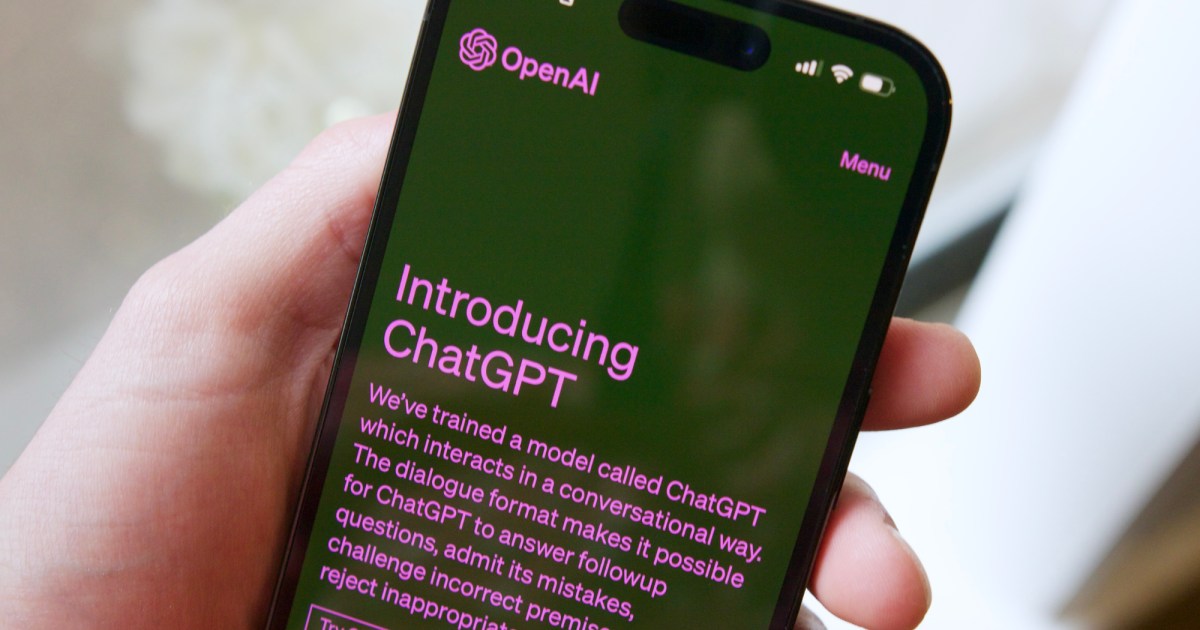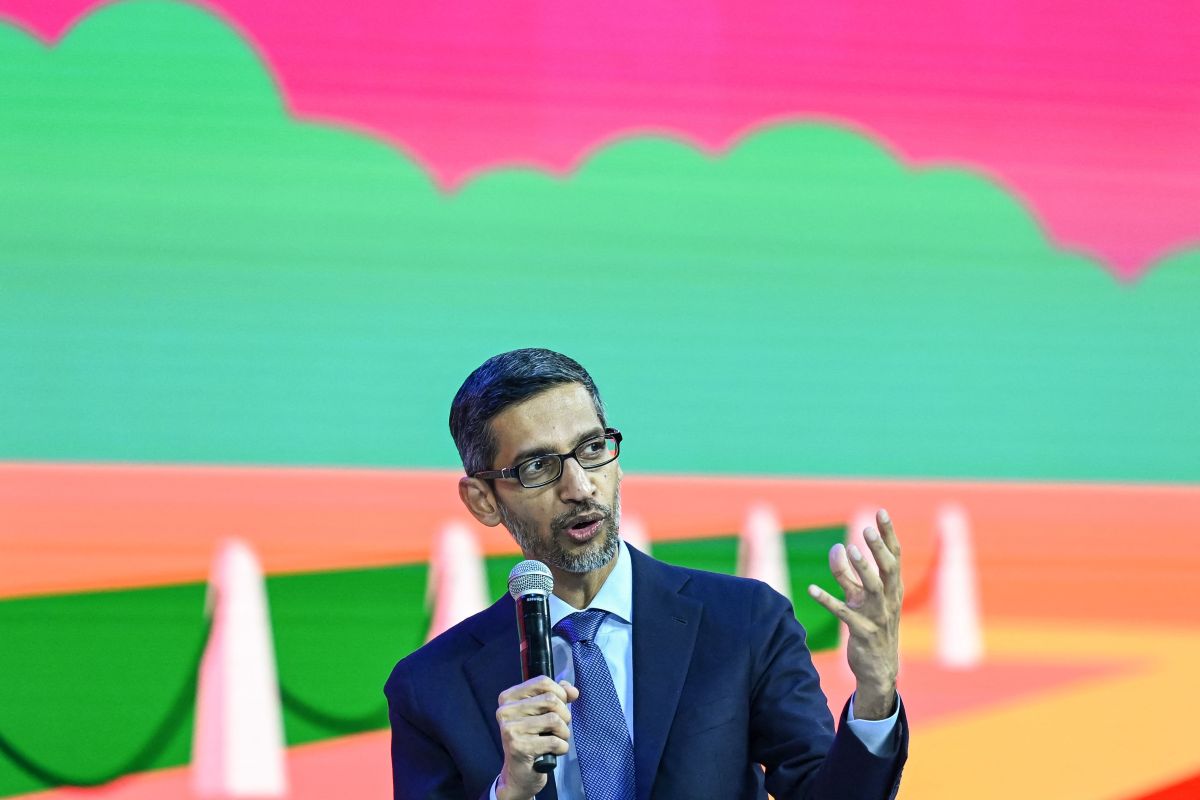Google Lens has been the go-to tool for years when it comes to visual search. However, with the recent advancements in AI, many new players have emerged, including Apple. With the iOS 18.2 update, Apple has introduced the Visual Intelligence feature (part of Apple Intelligence), allowing users to search the internet using just their iPhone camera.
But how do Google Lens and Apple’s Visual Intelligence compare? Is Visual Intelligence better than the tried-and-tested Google Lens? Let’s find out.
| Capture Options | Upload image from gallery, use camera to snap images and record videos too | Can only use camera to scan in real-time but can’t upload images and video feature is missing |
| Language Translation | 247 languages, can auto-detect languages when scanning | 19 languages, can only manually select the language |
| Homework Help | Dedicated mode to help with homework | Can use ChatGPT for the same purpose |
| Rich Search Results | Similar images, AI generated answers, Google Knowledge base snippets, search results, reviews, directions, etc. | Can only scan images, cannot provide any additional details or context |
| Adding Context to Image Search | Can add more context to images to get relevant results | Can only scan images, and cannot provide any additional details or context |
| AI-Powered Discussions | Can show AI-generated answers from Google Search | GPT-4o model via ChatGPT that allows us to have back and forth conversation |
| Smart Suggestions | Basic suggestions | Events, reminders, directions |
| Device Compatibility | All phones (Android & iPhone) | iPhone 16 and above only |
1. More Capture Options: Images, Videos, and Screenshots
Google Lens offers more flexibility—letting you search by snapping a photo directly or uploading one from your gallery. On the other hand, Apple’s Visual Intelligence only works in real-time meaning you can’t upload an existing image.
This extra ability to upload photos from your gallery makes Google Lens far more practical than it seems at first glance. You’re not limited to scanning just photos—you can also take a screenshot on your phone and use Google Lens to search with it.
 Apple Intelligence
Apple Intelligence Google Lens
Google LensFor example, if you find a product on a random website and want to buy it from a store you trust, Google Lens makes that easy. With Visual Intelligence, that’s not an option unless you have a second phone to snap a picture of your screen.
Finally, you can also record videos and upload those to Google Lens, adding another way to search for what’s in front of you. For example, create a video of fish swimming in circles in a large aquarium and then ask the reason behind this behavior.
2. Language Translation: Google Dominates Visual Intelligence
This is yet another area where Google Lens outshines Apple’s Visual Intelligence. Google Lens offers a dedicated translate option, allowing you to switch modes and scan text immediately. In contrast, Visual Intelligence offers to translate when you snap an image with text in it. However, even when the image is full of text, it often fails to show the translation pop-up for some reason. This should be fixed with an update.
Google supports 247 languages, whereas Apple’s support is limited to just 19. On top of that, Google Lens can auto-detect the language, so even if you encounter a script you can’t recognize, it will still work. With Visual Intelligence, you need to manually select the input language since it doesn’t support automatic detection. Weirdly, when you select the text manually and select the Translate option, you get the auto-detect feature.
 Google Lens
Google Lens Visual Intelligence
Visual IntelligenceAlso Read: We have done an in-depth comparison of Apple Translate and Google Translate before. Do read.
Even in ideal conditions, Google Lens delivers more accurate translations most of the time—something Apple’s tool still struggles with. If language translation is a feature you rely on often, Google Lens is undoubtedly the better option.
3. Homework Help: Both Have Their Way
For students, Google Lens goes the extra mile with its homework feature. This mode allows you to scan problems in math, science, history, etc., and instantly get an answer.
 Google Lens
Google Lens Google Lens
Google LensVisual Intelligence, on the other hand, doesn’t offer a dedicated homework option. However, you can upload questions to ChatGPT through a visual search and get an answer.
 Visual Intelligence
Visual Intelligence Visual Intelligence
Visual IntelligenceIn terms of accuracy, we found that ChatGPT often delivers better responses. However, the difference is negligible and both provide inaccurate answers sometimes. In this given example, the correct answer is 50 making Visual Intelligence’s answer more accurate.
4. Rich Search Results: Google > Apple
Google Lens doesn’t just show you similar images; it also pulls up relevant search results, Google’s AI-generated answers, and information from Google’s vast knowledge base. This gives you a comprehensive overview of whatever you search for, with detailed context and useful information.
Apple’s Visual Intelligence can sometimes show restaurant ratings, directions to public places, and similar images. However, its ability to deliver rich results isn’t quite on par with Google.
For example, I scanned an image of Qutub Minar using both tools. Google Lens displayed a full search page with the monument’s name, directions, reviews, similar images, ticket options, and extra details like its construction date and height. It also provides additional search results.
 Google Lens
Google Lens Google Lens
Google LensIn comparison, Apple’s Visual Intelligence only identified the monument by name with ChatGPT and found similar images with Google search.
 Visual Intelligence
Visual Intelligence Visual Intelligence
Visual Intelligence5. Google Lens Allows Adding Context to Image Search
You can search using images on both Lens and Visual Intelligence but Google also lets you add context to your search. For example, you can scan a photo of a black bottle and add instructions like “same bottle but in pink.” This will display results for the pink version of the bottle. Another example can be when you upload an image of a cuisine and ask for follow-up questions like ingredients, price, etc.
 Google Lens
Google Lens Google Lens
Google LensThis ability to combine visual search with text makes Google Lens more versatile and a lot more useful. Such features are not currently available in Visual Intelligence.
6. AI-Powered Discussions: Visual Intelligence’s Advantage
Google Lens shows AI-generated answers on Google search but Visual Intelligence shows results from ChatGPT. However, Visual Search takes an easy lead here because of two reasons:
First, Google does not provide AI-generated answers for all searches and there is no way to manually force it. You will see it when Google chooses to show it to you. Second, Visual Intelligence lets you ask follow-up questions to ChatGPT, so you can have a conversation which is not possible with Google Lens as of now.
 Visual Intelligence
Visual Intelligence Visual Intelligence
Visual IntelligenceMoreover, Visual Intelligence has access to GPT 4o model, which is currently available to paid users. Google compensates for this feature with the Gemini app, however, you need a subscription.
7. Smart Suggestions: Apple Outshines Google
When you scan something with Visual Intelligence, along with Google and ChatGPT results, you get additional suggestions such as an option to add events, set reminders, get directions, summarize text, etc. For example, you can scan an event flyer and save a reminder or event, scanning long text offers the option to summarize it in an instance, etc.
 Visual Intelligence
Visual Intelligence Visual Intelligence
Visual IntelligenceApple also suggests actions like translations and reviews but Google provides that with rich results. Google also has some smart features like it can show the best item from a restaurant’s menu. However, it is only supported in a few restaurants worldwide for now.
8. Device Compatibility: Apple Supports Limited Devices
One major downside of Apple’s Visual Intelligence is that it only works on iPhone 16 and above. This is because it needs an A18 chip and the Camera Control button to launch which are only available from the iPhone 16 model. This restriction makes it inaccessible to users with Android phones and older iPhones.
Google Lens, on the other hand, is available for all phones, whether Android or iPhone.
Also Read: Did you know you can use Google Lens on the desktop?
Which is Better – Apple’s Visual Intelligence or Google Lens
Both Google Lens and Apple’s Visual Intelligence have their strengths and weaknesses. Google Lens is superior when it comes to flexibility in asking questions using images/screenshots/videos, language translation, homework help, and providing a richer context for searches. It’s more versatile and available across different platforms, making it the go-to option for many.
Apple’s Visual Intelligence, meanwhile, offers unique features like smart suggestions for events, reminders, and directions. It could be useful if you want a more integrated assistant-like experience. However, its limited compatibility and fewer options might be a dealbreaker for some.
It is worth noting that Google Lens has been there for some time now while Apple recently entered the AI game

Ravi Teja KNTS
From coding websites to crafting how-to guides, my journey from a computer science engineer to a tech writer has been fueled by a passion for making technology work for you. I've been writing about technology for over 3 years at TechWiser, with a portfolio of 700 articles related to AI, Google apps, Chrome OS, Discord, and Android. When I'm not demystifying tech, you can find me engrossed in a classic film – a true cinephile at heart.



















 English (US) ·
English (US) ·